Affiliate links on Android Authority may earn us a commission. Learn more.
5 biggest no-nos when buying a new smartphone
Published onNovember 23, 2017
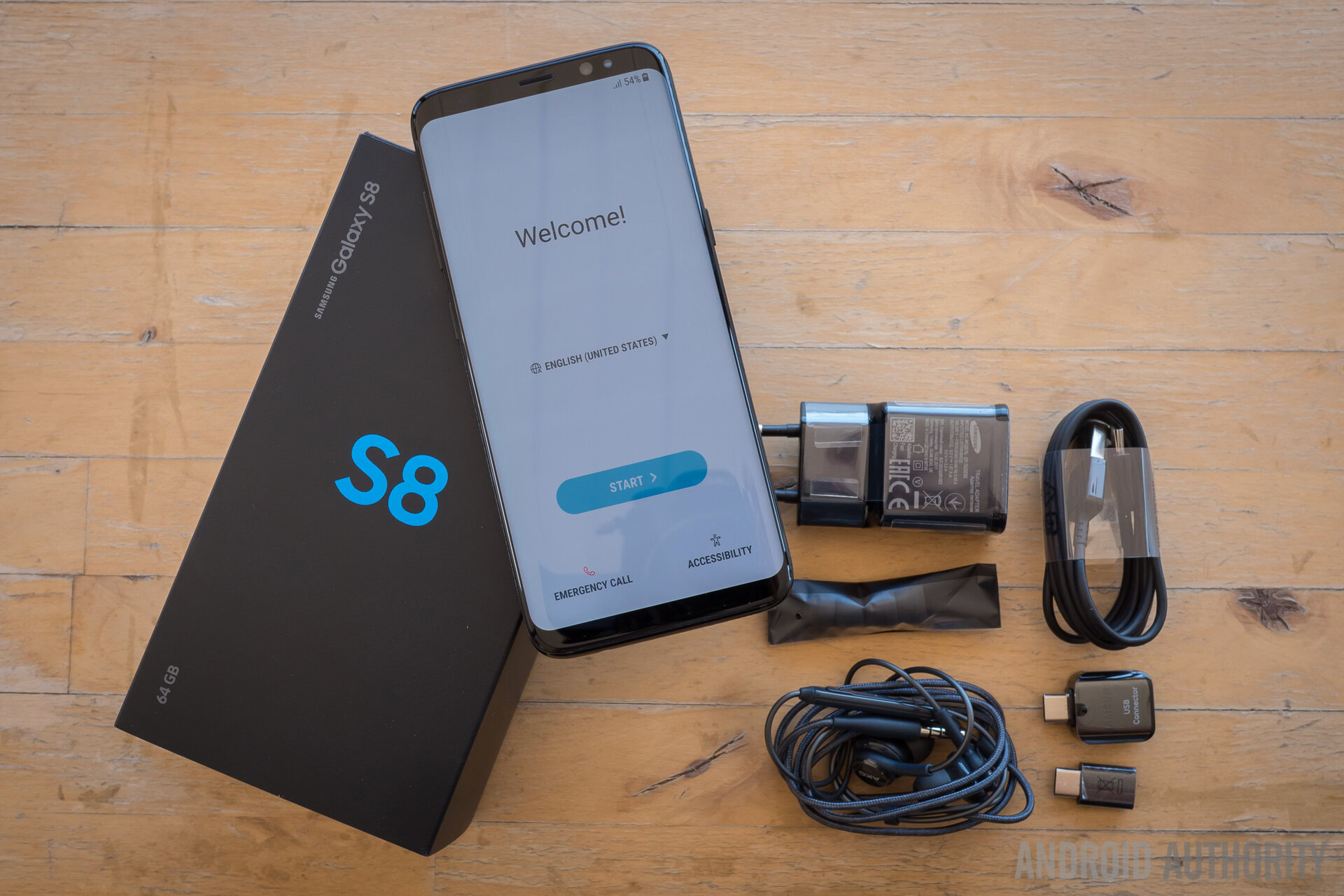
Shopping for a new smartphone can be exciting and stressful. With so many great options available, it can be hard to choose the perfect one.
You have to be smart when deciding which phone to opt for. These things can be expensive, and you’ll likely use the one you get for at least a year or two before upgrading.
I can’t tell you which device to get. We all have different wants and needs. But I can tell you a few things not to do when shopping for a new handset to avoid common pitfalls and narrow down your choices.
1. Spending too much money

Spending more money than you can afford is a big no-no. Before you even start thinking about which device to get, you have to set a budget.
Setting a budget might not be the sexiest thing in the world, but it has a big advantage: it will help you narrow down your choices. If you can only afford to spend $300, you can ignore more expensive devices.
I know, smartphones are awesome. We all want the most expensive one with all the latest features. But there are more important things in life. The last thing you want is to struggle to pay the bills because you’ve spent too much money on a smartphone.
2. Being a brand snob
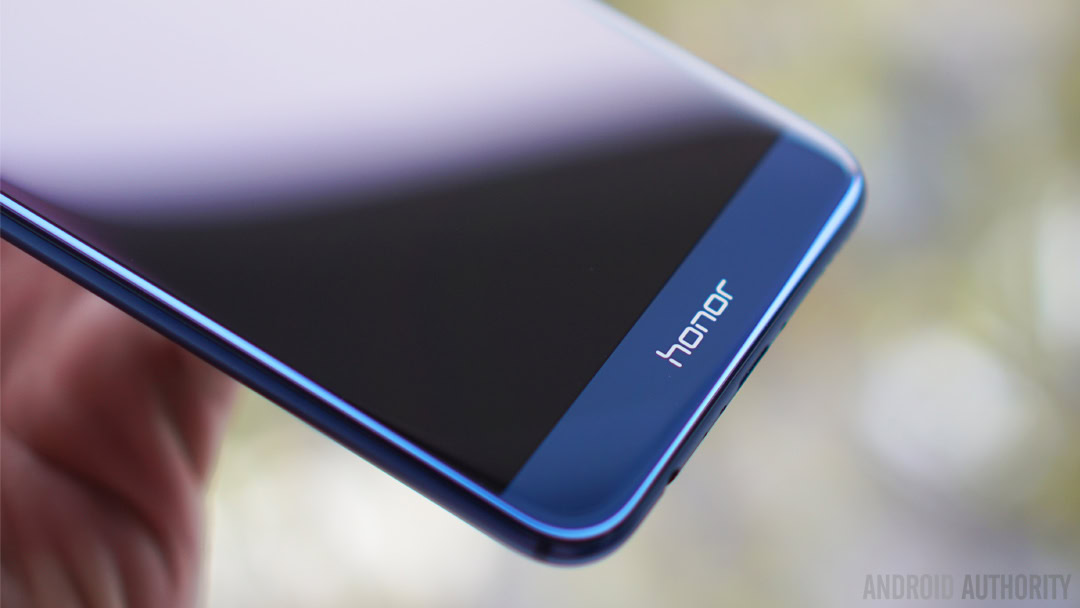
A big mistake when buying a new smartphone is to be a brand snob. This means you only consider well-known brands and avoid less-established ones.
Companies like OnePlus can offer smartphones that are just as good as the ones from bigger players for a lot less money. The recently announced OnePlus 5T, for example, is $225 cheaper than the Samsung Galaxy S8 and offers similar performance. The 5T actually offers more in a few areas, as it comes with more RAM, supports dual-SIM, and has a dual-camera setup on the back.
Keep an open mind when buying a new smartphone. Don’t assume that larger smartphone manufacturers are a level above smaller ones when it comes to product quality. In most cases, they aren’t.
It’s not that you shouldn’t buy a smartphone from Samsung, LG, or any other tech giant. You just need to realize you’re paying a premium because of the brand. If you find a smartphone you like made by HONOR, Xiaomi, OPPO, OnePlus, and other smaller companies, there’s no real reason not to get it.
3. Not having your priorities straight
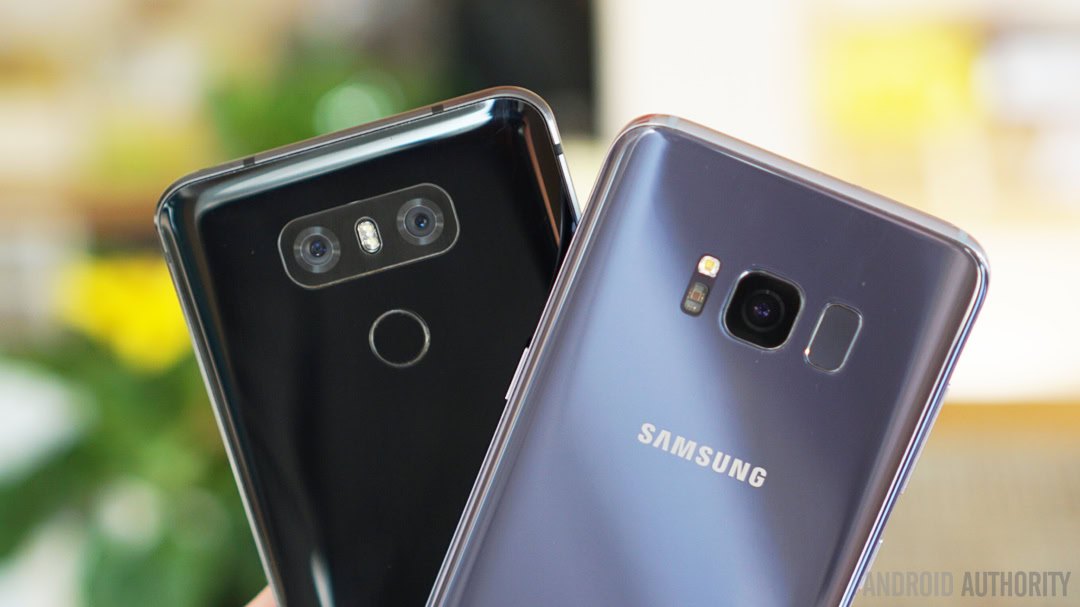
Keep a clear idea of the specs and features you want in a device. It’s harder to choose the right smartphone without one.
Grab a piece of paper and write down the features that are most important to you— a great camera, a large battery, wireless charging, expandable storage, a bezel-less design. This will narrow down your choices even further, as you’ll be able to cross off devices which don’t offer the features you want.
It also makes it easier to choose between similar devices. Say you’re deciding between the LG G6 and Samsung Galaxy S8. If your priorities are to have as big of a battery as possible and a great camera, the G6 is arguably a better option. It features a larger battery than the S8 (3,300 vs 3,000 mAh) and comes with a dual-camera setup that allows you to capture those fancy bokeh images. But if you value performance above all else, the S8 is a better fit due to its faster chipset (Snapdragon 835 vs 821).
Keep in mind that you’ll likely have to make some compromises depending on your budget, so make sure you write down the features you want in order of importance.
4. Overlooking older smartphones
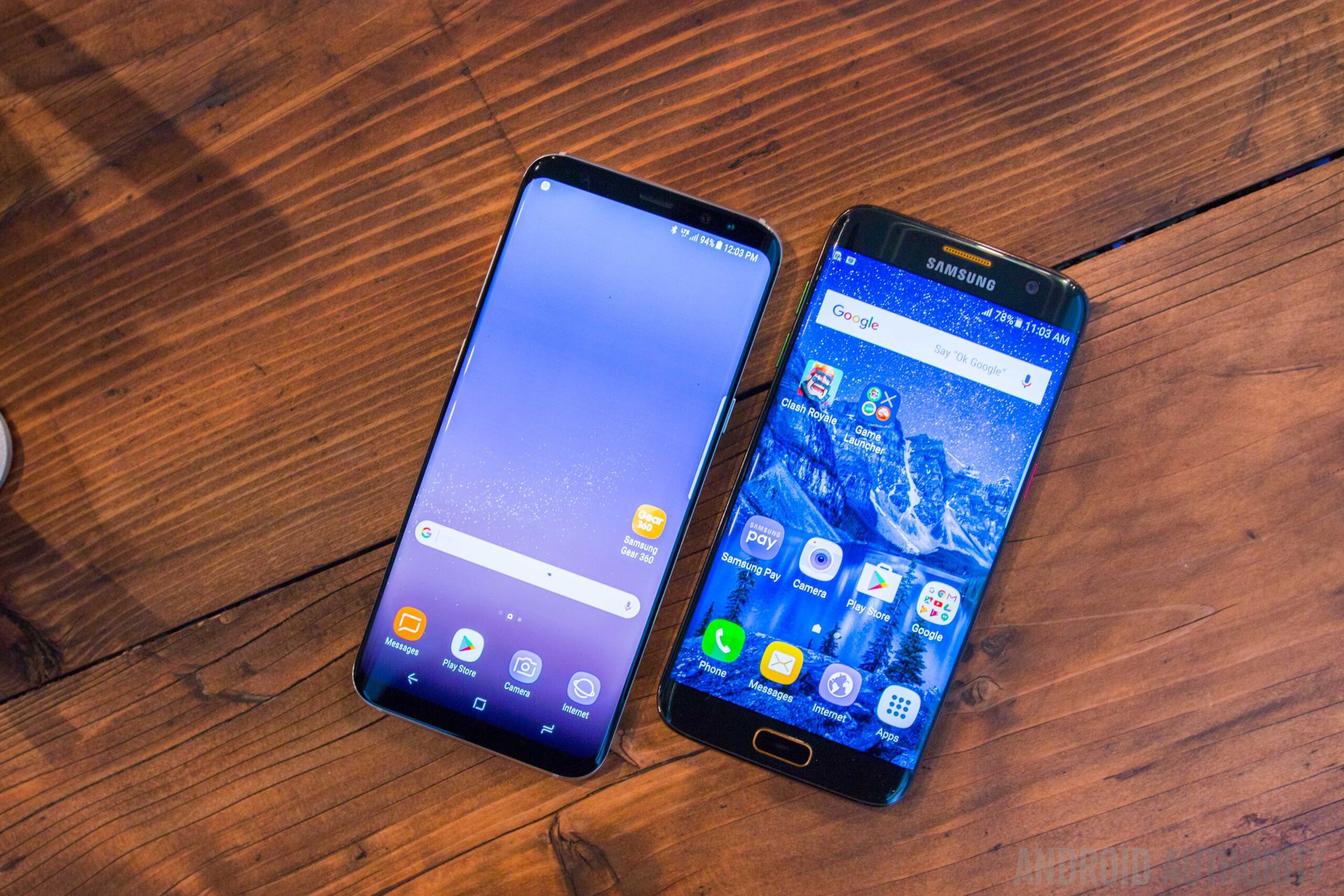
Overlooking older devices is a common mistake — don’t do it. A year-old smartphone might still offer all the features you’re looking and could be a real bargain.
The latest smartphones aren’t always a lot better than their predecessors. In some cases, all you can expect are design changes — which aren’t always good — and slightly improved performance. If you don’t care about having the latest handset, getting a one- or two-year-old device is a great option that will save you a lot of money.
For example, instead of opting for the Galaxy S8, you could go with last year’s Galaxy S7 Edge. The device still has more than enough power for demanding users, comes with a large display with curved sides, and is resistant to water and dust. More importantly, you can get it for $500, instead of $725.
The lower price tag means missing out on a few bells and whistles, though. Picking an S7 Edge means not getting the bezel-less design, the popular 18:9 display, and higher resolution selfie camera of the S8. It all comes back to having your priorities straight. If you don’t care much about the additional features the S8 brings to the table, the S7 Edge is still a fantastic option.
So when you’re in the market for a smartphone, make sure to consider older devices as well. Check specs and features online to figure out whether an older handset has everything you need and if it’s worth getting over its successor.
5. Not checking deals
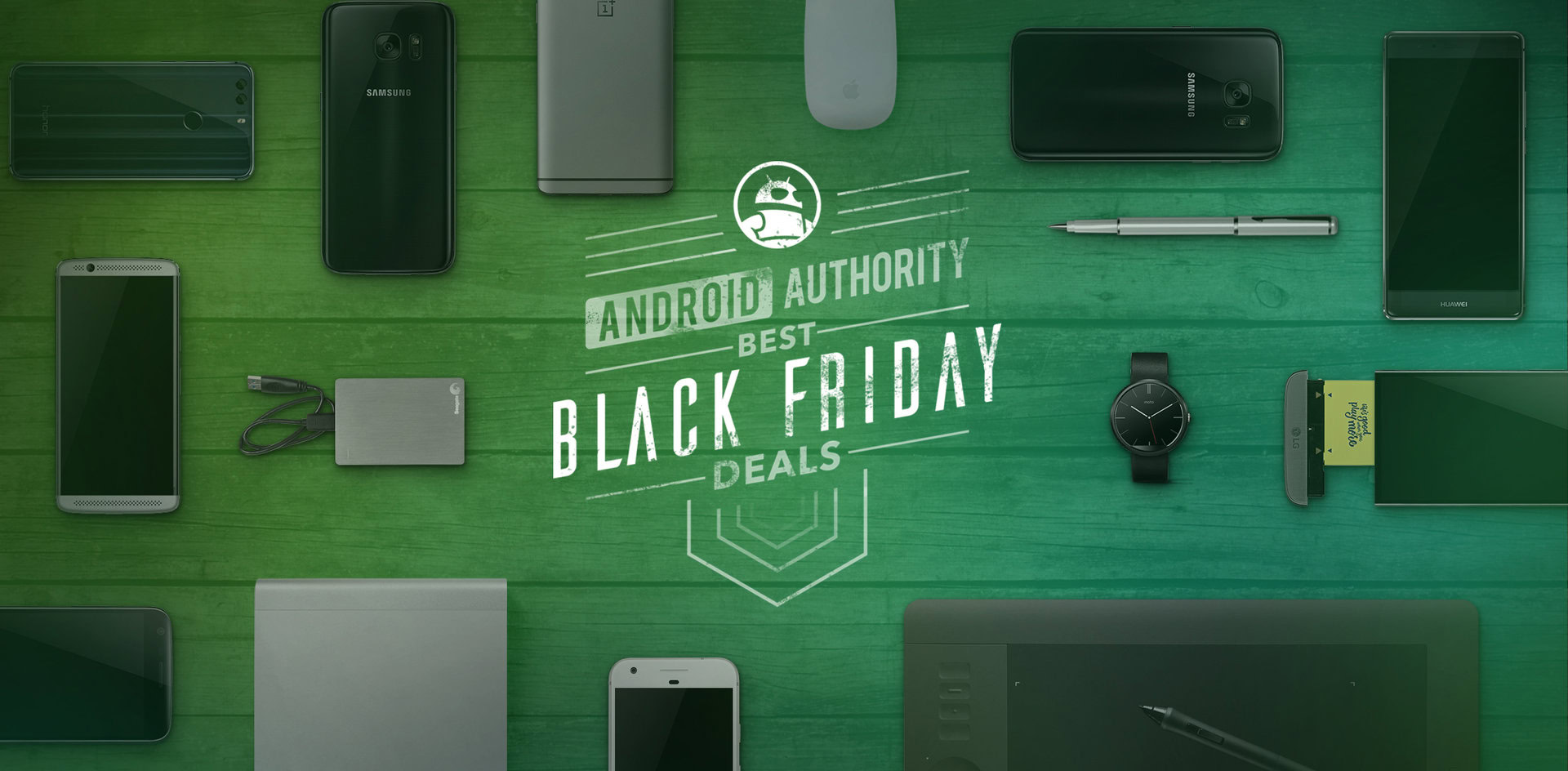
Prices vary from retailer to retailer. This means buying a new handset from the first store you visit might be a huge mistake.
When you know exactly which smartphone you want to buy, it’s best to do some digging and get it from the store offering the lowest price. Check Amazon, Best Buy, Newegg, B&H, and other retailers to compare prices. A few minutes of research could save you hundreds of dollars. You can also check our Deals page to see which smartphones are currently on sale.
The Sony Xperia XZ1 Compact currently retails for $540 on Best Buy’s website, while Amazon is selling it for $510. On eBay, the device is listed at just $440. The difference between the lowest and highest price is $100, which is a lot of money. There are even better deals available for other handsets, but you have to put in some time to do the research.
You can also take advantage of Black Friday deals to save a few bucks. This year, Best Buy will be offering $50 off the HONOR 6X, $75 off the Moto G5 Plus, and $100 off the Sony Xperia XZ Premium. More great Black Friday offers will be available, some of which you can check out by clicking the button below.
There you have it. These are five of the biggest things to avoid when buying a new smartphone. These aren’t the only no-nos, though. Try to avoid overlooking the software experience, buying a phone based only on design, and ignoring build quality. Also, don’t buy a new smartphone right after it’s released. It can be a big mistake from a financial standpoint, as a lot of new devices go on sale within the first few months.
Do you agree or disagree with my list? Would you change anything? Let me know in the comments.